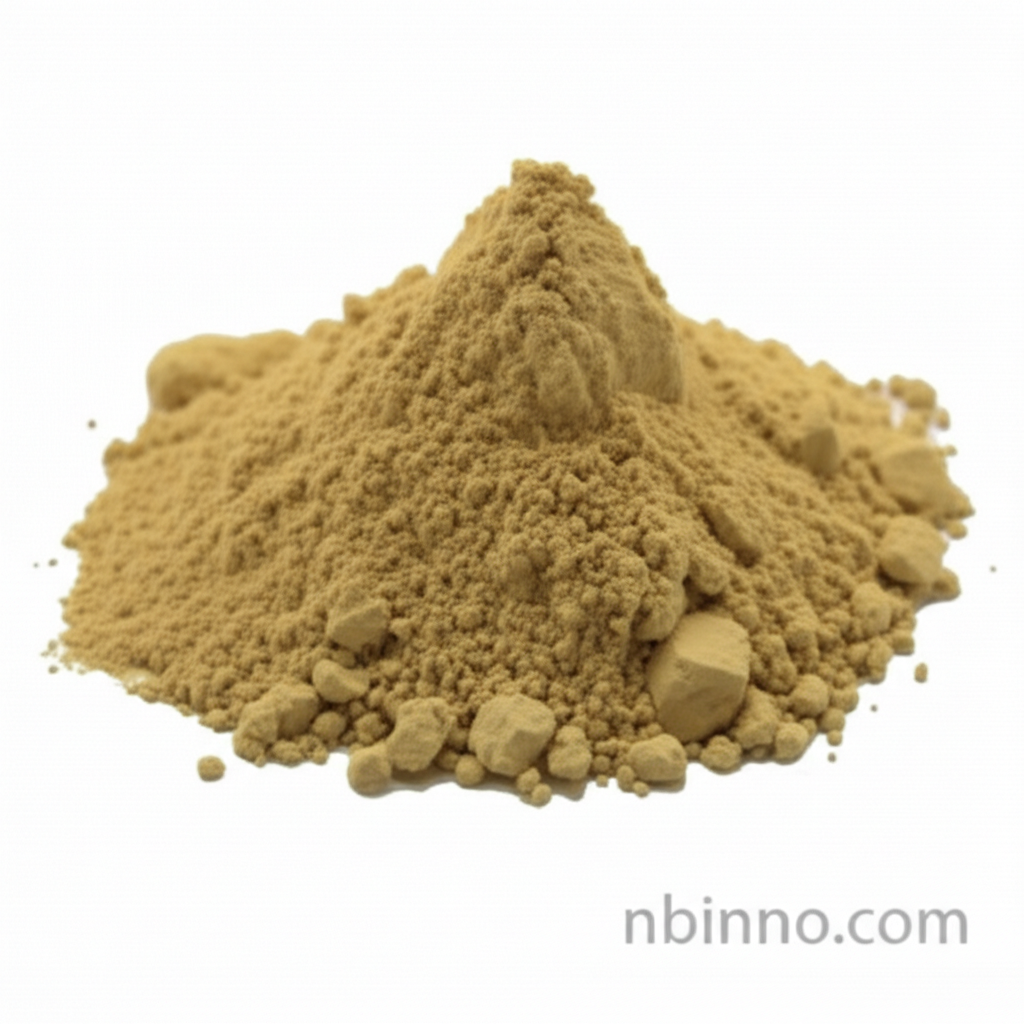Unveiling the Versatility of 2,2'-Benzidinedisulfonic Acid
A key intermediate for vibrant azo dyes and advanced polymer applications.
Get a Quote & SampleProduct Core Value

2,2'-Benzidinedisulfonic acid
This compound is a vital component in the chemical industry, primarily serving as a key intermediate in the synthesis of various azo dyes. Its unique chemical structure, featuring both amino and sulfonic acid groups, allows for efficient diazotization and coupling reactions, leading to brilliant and colorfast dyes essential for the textile sector.
- Explore the detailed chemical synthesis of BDSA and its role as a crucial azo dye intermediate.
- Discover the properties of 2,2'-Benzidinedisulfonic acid, including its physical characteristics and chemical reactivity.
- Understand how this compound functions as a valuable monomer for advanced polymer applications.
- Learn about its significance in creating high-performance materials like sulfonated polyimides for fuel cells and water desalination membranes.
Key Advantages Provided
Versatile Dye Synthesis
Leverage 2,2'-Benzidinedisulfonic acid's reactivity to produce a wide spectrum of yellow and red azo dyes, enhancing your product range in the textile industry.
Advanced Material Development
Utilize this compound as a monomer for sulfonated polyimides, driving innovation in fuel cell technology and water purification solutions.
Enhanced Solubility and Stability
The presence of sulfonic acid groups contributes to improved solubility and stability, crucial for both dye formulations and polymer performance.
Key Applications
Azo Dye Production
Crucial for synthesizing vibrant and durable azo dyes used extensively in textile dyeing and printing processes.
Polymer Chemistry
Serves as a building block for high-performance polymers, particularly sulfonated polyimides, for advanced material science applications.
Fuel Cell Membranes
Key component in developing proton exchange membranes (PEMs) for fuel cells, facilitating efficient proton transport.
Water Desalination
Incorporated into thin-film composite membranes for water desalination and purification, improving salt rejection and performance.
